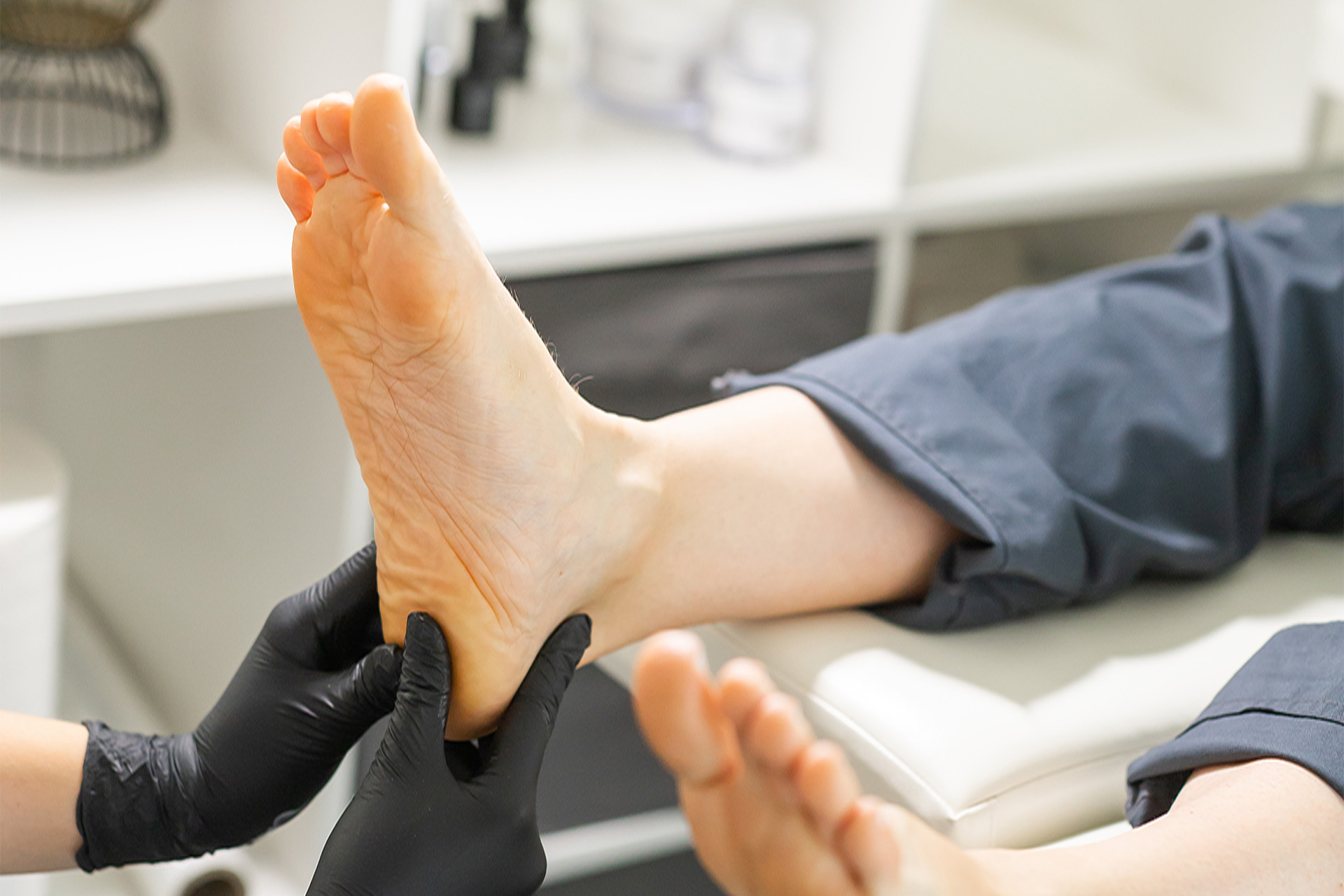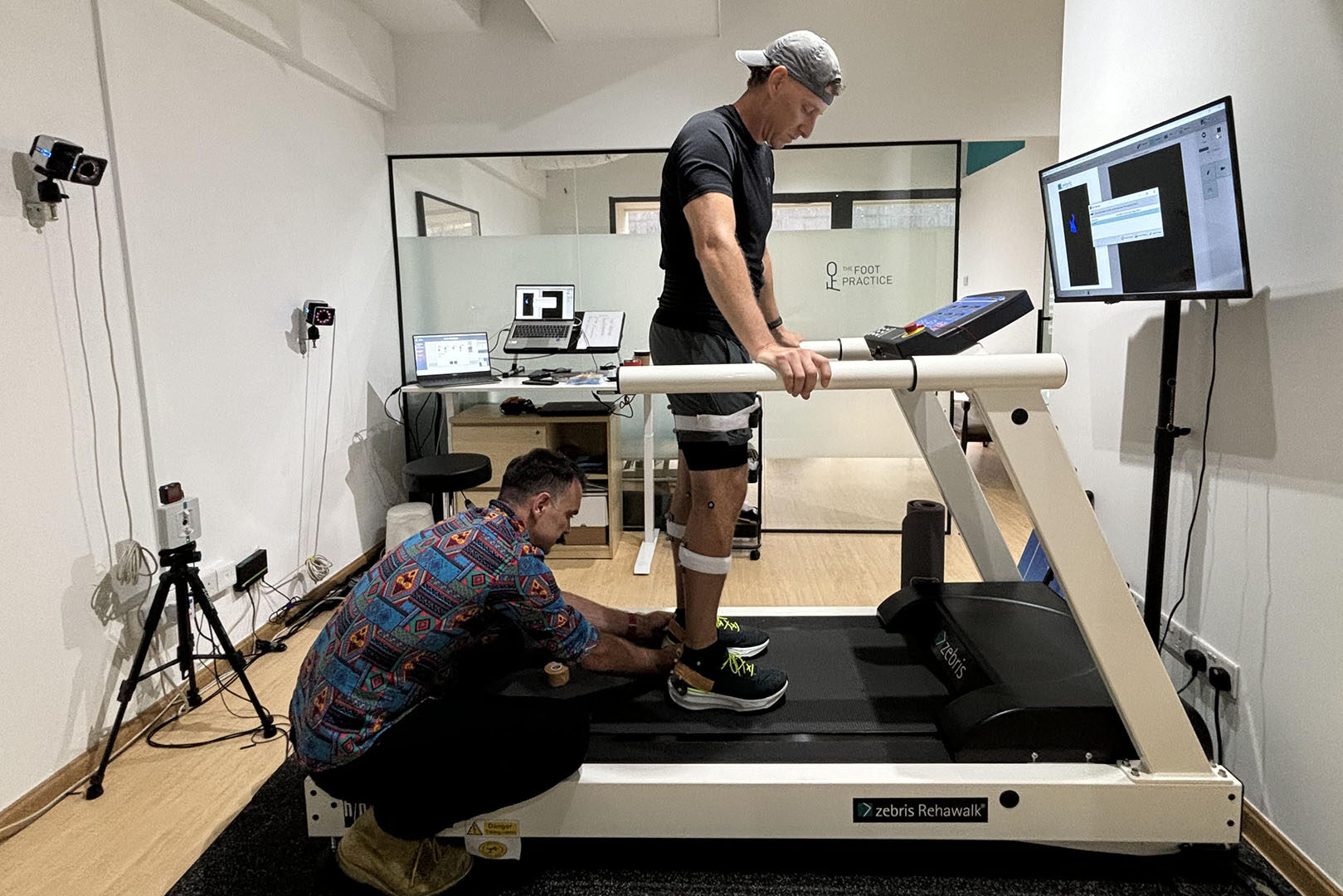Few things can be as annoying as that feeling of discomfort with every step. Pain in the bottom of the foot when walking can range from a dull ache to a stabbing sensation, sometimes impeding daily activities. Foot pain shouldn’t be ignored, whether it is an occasional nuisance or a persistent issue. Left untreated, it can lead to further complications affecting your posture, balance, and mobility.
Common Causes of Pain at the Bottom of Foot When Walking
The bottom of the foot is a complex structure that absorbs a lot of impact with every step. It’s where the plantar fascia, small muscles, tendons, and nerves work together to support movement. Pain can develop when these structures become irritated, inflamed, or misaligned, making even short walks uncomfortable. This pain can be caused by overuse, sporting injuries, underlying health conditions, or shoes that don’t fit properly. Understanding the causes and symptoms of foot pain is key to finding relief.
Foot pain can be acute or chronic, ranging from mild to severe. It can affect the heel, toes, arch, or anywhere in between. In some cases, foot pain can indicate an underlying condition such as plantar fasciitis, metatarsalgia, or Morton’s neuroma.
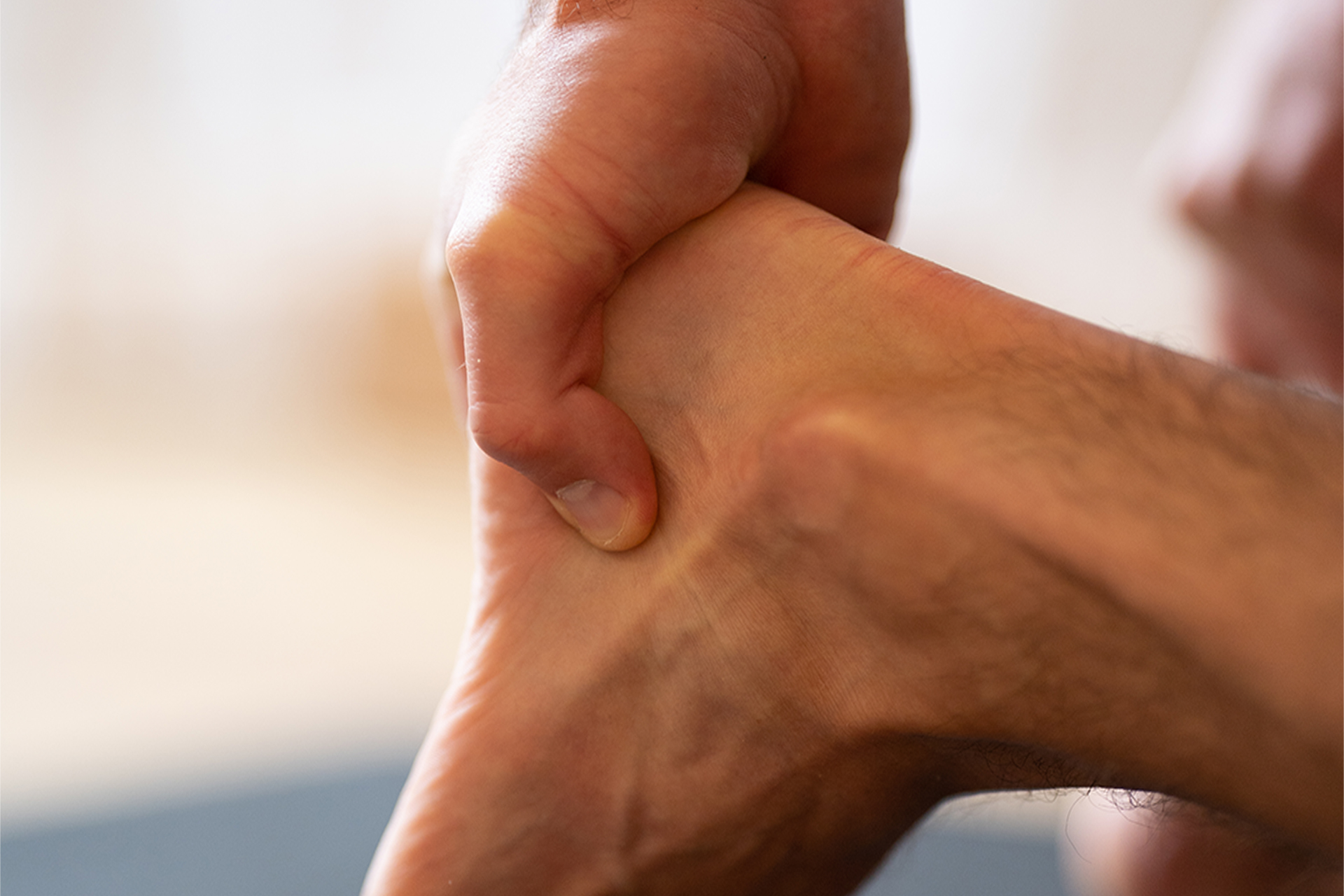
Plantar Fasciitis Is The Most Common Cause of Foot Pain
This condition occurs when the thick band of tissue that runs along the bottom of the foot – the plantar fascia – becomes inflamed due to overuse or stress. People with tight calf muscles, flat feet or high arches are more prone to plantar fasciitis. The hallmark symptom is sharp heel pain, especially during the morning’s first steps out of bed.
Metatarsalgia Creates Pain in the Ball of the Foot
Metatarsalgia is a condition that causes pain and inflammation in the ball of the foot, often due to pressure from high-impact activities, poor footwear, or foot structure abnormalities. High heels can exacerbate metatarsalgia by putting more pressure on the front of the foot, causing pain and discomfort. It can feel like stepping on a pebble or a burning sensation at the front of the foot.
Neuromas Irritate Nerves in the Foot
Morton’s neuroma thickens the nerve tissue between the toes, causing pain in the forefoot. This condition affects the third and fourth toes. It’s often caused by wearing tight shoes or repetitive impact activities. The discomfort may feel like a sharp burning pain that worsens with walking.
Flat Feet and Arch Problems
People with flat feet or fallen arches may experience pain in the bottom of the foot when walking due to poor weight distribution and improper shock absorption. Flat feet also tend to cause other problems like plantar fasciitis, leading to arch strain, muscle fatigue, and even knee or lower back pain.
Tendonitis and Overuse Injuries
Inflammation of the tendons, particularly the posterior tibial tendon, can cause pain along the arch and the inside of the foot. This condition is common among runners and people who stand for long periods.
Stress Fractures Are Tiny Cracks in the Bone
Repetitive stress, especially from activities like running or jumping, can cause microscopic cracks in the foot bones. These stress fractures can cause localised pain that worsens with activity and may require more aggressive treatment.
Sesamoiditis Inflammation of the Sesamoid Bones
Sesamoiditis is a condition that affects the two small bones situated beneath the pad of the big toe. Called the sesamoids, these bones help support the tendon that flexes the big toe. Symptoms of sesamoiditis include a dull, longstanding pain beneath the big toe joint. The pain comes and goes and usually occurs with particular shoes or specific activities. Risk factors for sesamoiditis include repetitive stress, poor foot mechanics, and obesity.
Podiatry Can Help with a Holistic Foot Pain Management Approach for Bottom Foot Pain
A podiatrist specialises in diagnosing and managing foot pain, with custom-made holistic approaches. Instead of just addressing the symptoms, podiatry addresses the underlying causes to get long-term relief. Here are some of the intervention strategies a podiatrist may offer you to help with the pain at the bottom of your foot:
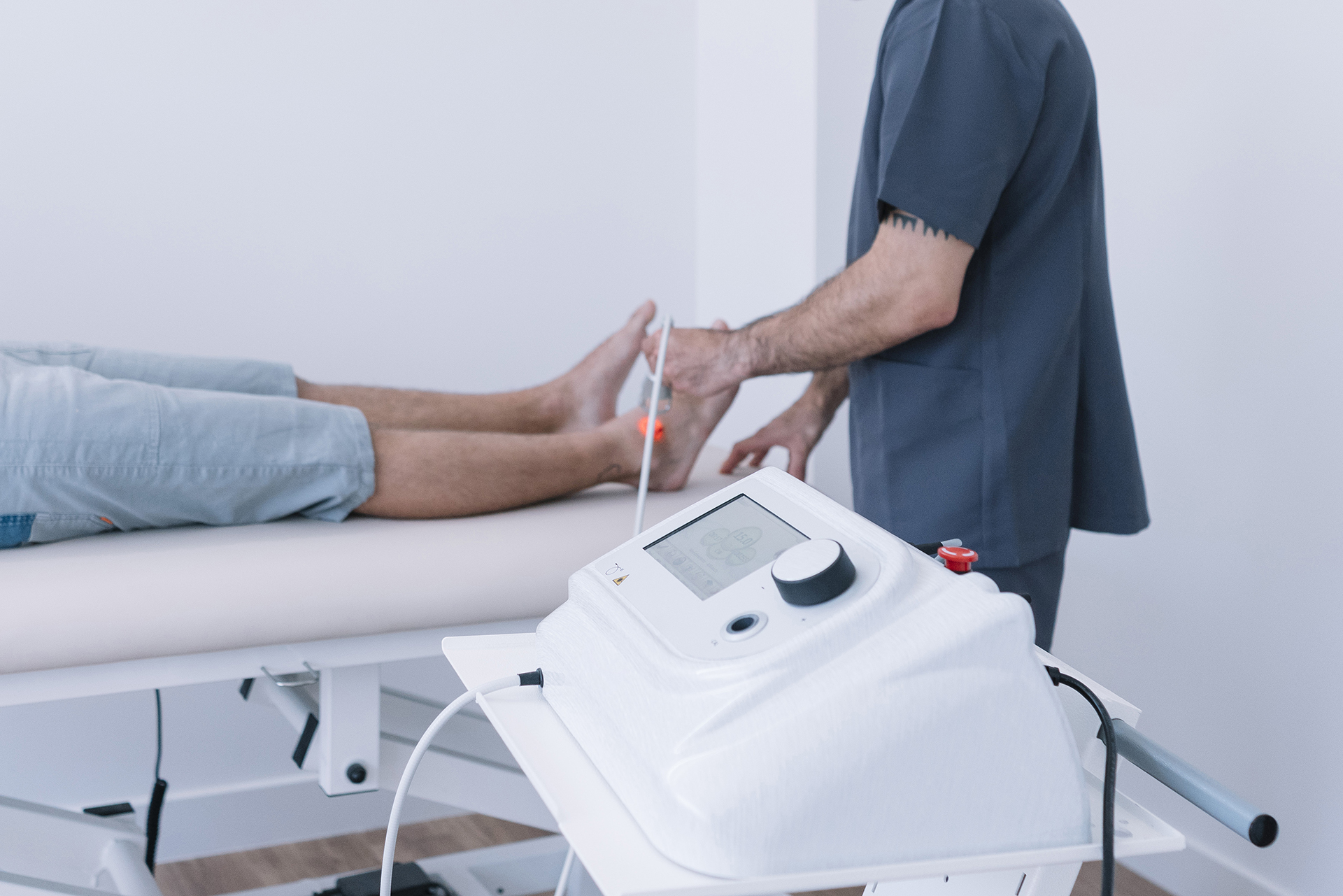
Advanced Biomechanical Analysis
Foot pain often results from poor biomechanics, which can be challenging to see with the naked eye. 3D Infrared Gait Analysis provides real-time feedback on a patient’s walking pattern, helping podiatrists identify abnormalities that cause pain. This data allows for a customised management plan, including orthotic support, rehabilitation exercises and footwear modifications.
Footwear Assessments: The Foundation of Comfort
Choosing proper footwear is one of the first steps in managing pain in the bottom of the foot. Improper shoes can exacerbate pain by inadequate arch support, shock absorption and stability. A podiatrist will conduct footwear assessments, analyse gait patterns, and examine your foot structure to recommend shoes that match your biomechanical needs.
Orthoses: Custom Support for Your Feet
Custom orthotic devices are one of the most effective ways to relieve pain in the bottom of the foot when walking. These custom-moulded insoles distribute pressure evenly, correct biomechanical imbalances, and reduce strain on the plantar fascia and other foot structures. Not only do orthoses reduce pain, but they can also treat the root cause by correcting your foot alignment with each step.
Mobilisation Exercises: Strengthening and Stretching for Relief
Targeted mobilisation exercises can increase flexibility and strengthen the foot’s supporting muscles. Stretching the Achilles tendon and plantar fascia reduces tension while strengthening exercises build resilience and reduce the chance of recurring pain.
Shockwave Therapy: Stimulating Natural Healing
For chronic foot pain, Shockwave Therapy is a non-invasive, cutting-edge solution. Shockwave Therapy increases blood flow, encourages tissue regeneration, and reduces inflammation by delivering high-energy sound waves to the affected area. This intervention is particularly effective for plantar fasciitis, Achilles tendinitis, and chronic foot pain.
The RehaWalk® pressure sensor treadmill is a state-of-the-art system that analyses foot pressure distribution and gait abnormalities, allowing patients to retrain their movement patterns with real-time feedback. By combining 3D Infrared Gait Analysis with RehaWalk®, podiatrists can refine interventions to maximise recovery and prevent recurring pain.
Long-Term Foot Pain Prevention Strategies
While podiatric interventions provide relief, prevention is just as important. To minimise pain in the bottom of the foot when walking, individuals should adopt a proactive approach:
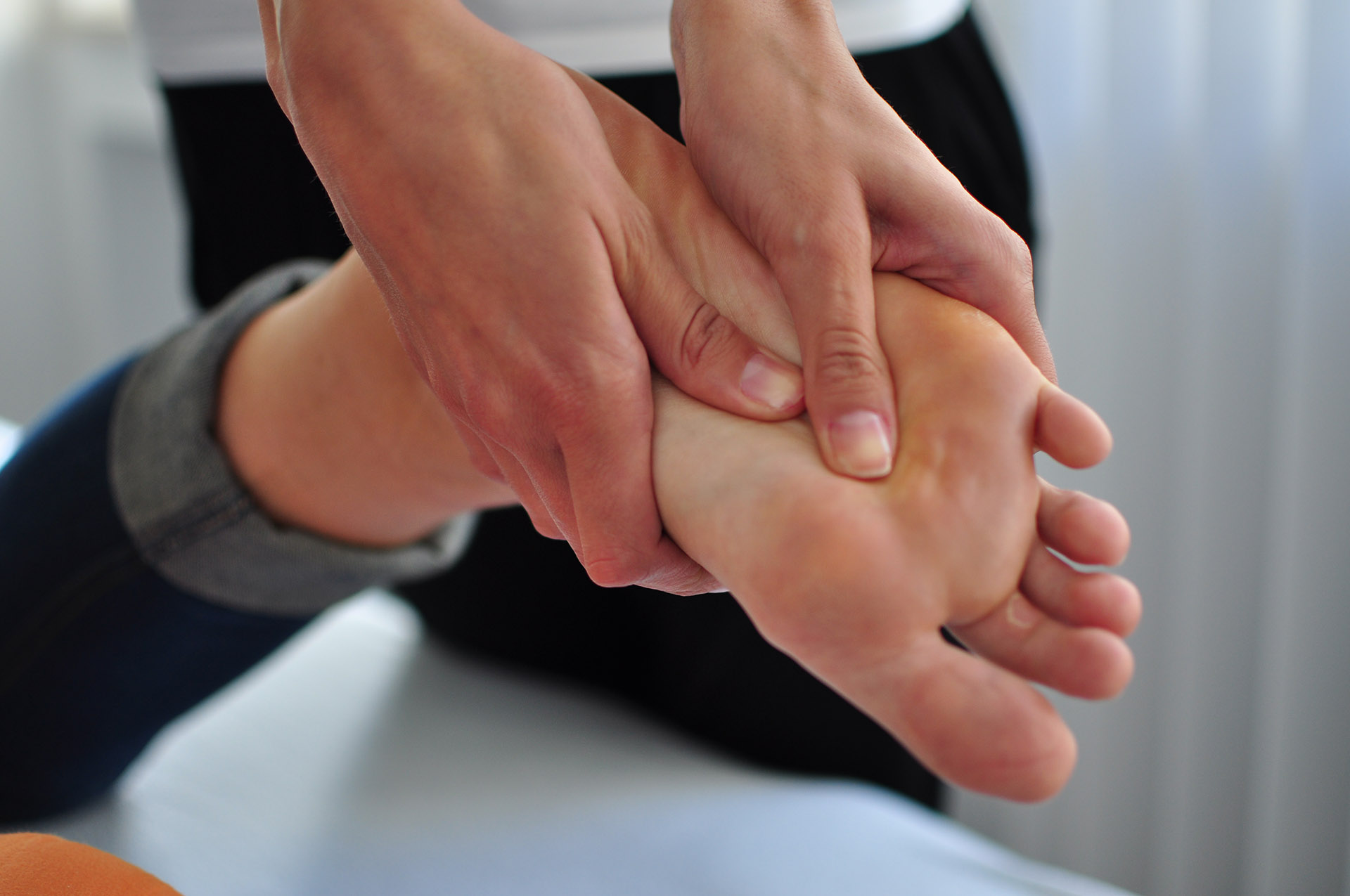
- Wear Supportive Shoes: Proper footwear with arch support and cushioning can significantly prevent foot pain.
- Stretch Regularly: Keeping the foot and calf muscles flexible reduces strain on the plantar fascia and Achilles tendon.
- Strengthen Foot Muscles: Strengthening intrinsic foot muscles improves stability and reduces injury risk.
- Monitor Activity Levels: Gradually increasing physical activity helps avoid overuse injuries.
- Schedule Regular Podiatric Check-Ups: Regular foot assessments can detect and correct minor issues before they become chronic pain.
- Losing Weight: Reducing body weight can reduce stress and inflammation in the feet, which is beneficial for conditions like metatarsalgia and plantar fasciitis.
When to See a Podiatrist
While occasional foot discomfort is common, persistent pain that affects your daily activities should not be ignored. See a podiatrist if pain persists for more than 2 weeks if there is swelling, redness, or heat in the area, orif you cannot bear weight on the foot. A podiatrist is also recommended if the pain gets worse with activity and doesn’t get better with rest.
A podiatrist can assess your condition, diagnose it, and help you manage your foot pain. Contact The Foot Practice today to find out more about your intervention options. Every step can be pain-free with the proper foot care.

